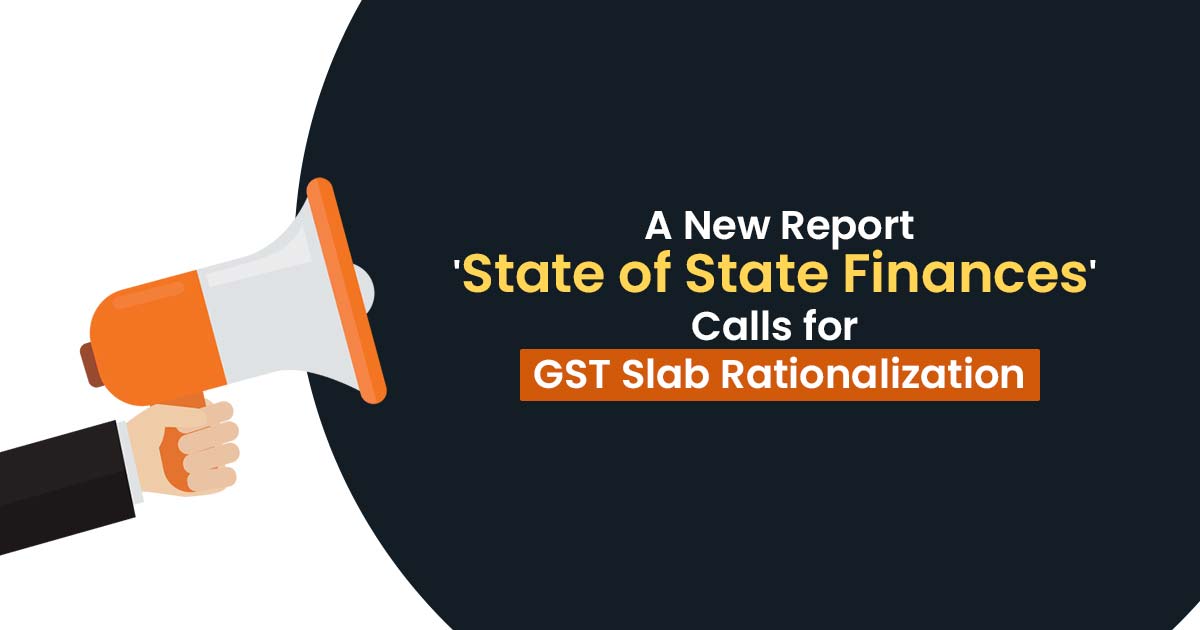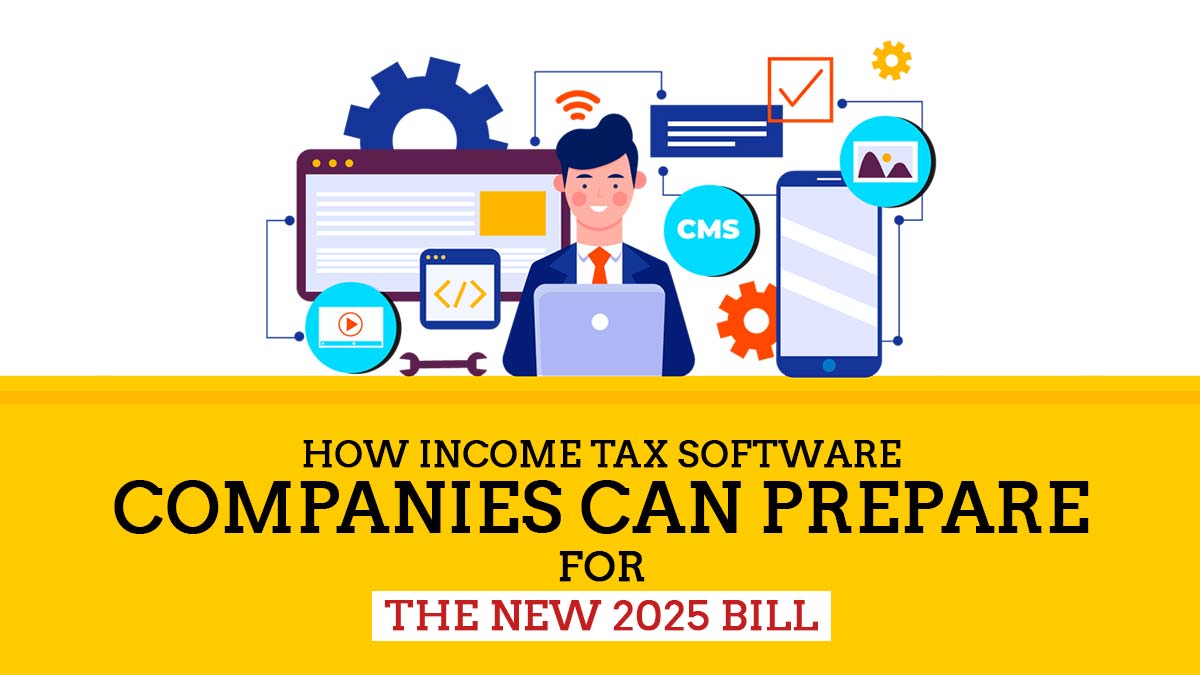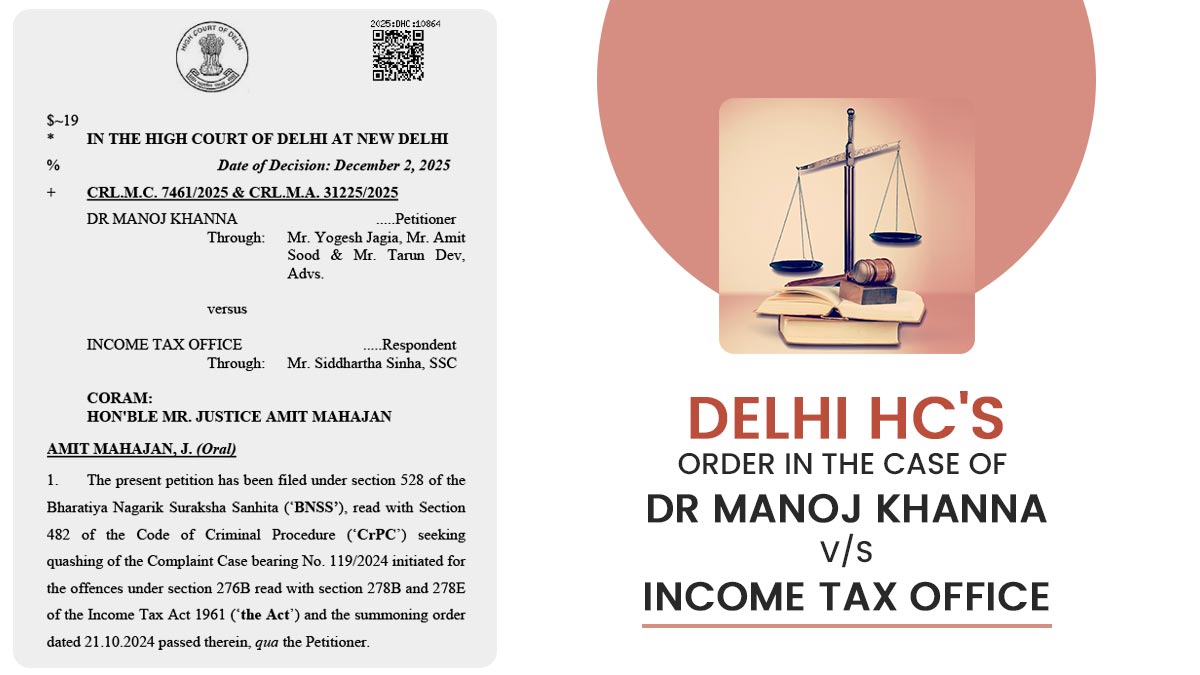
A recent report has brought attention to the current status of state finances, emphasizing the persistent deficit in budget revenue. The report underscores that this deficit is causing limitations in capital outlay, particularly impacting the allocation of funds for developing assets.
Furthermore, the report highlights the necessity of rationalizing the goods and services tax (GST) slabs for the period following the compensation phase. The Union government’s decision to not extend the original GST compensation period has negatively impacted the revenues of the states.
The GST, which was initiated on July 1, 2017, had a transition period that concluded on June 30, 2022. During this time, states were compensated for any revenue loss resulting from the introduction of the new tax system.
The compensation was calculated based on the variance between the anticipated revenue (projected with a 14% annual growth from the base year 2015-16) and the actual goods and service tax revenue.
The report also reveals that approximately half of the total state expenditure is directed towards electricity subsidies.
Titled ‘State of State Finances,’ the report was published by PRS Legislative Research, an independent non-profit research institute, on October 1st, authored by Tushar Chakrabarty and Tanvi Vipra.
States Carried On To Budget Revenue Shortage
A revenue deficit signifies that a state’s generated revenue falls short of covering its expected revenue expenditure, encompassing salaries, pensions, and more.
In essence, this indicates that state governments consistently spend more than what they accumulate through regular income sources like taxes, fees, and various revenue channels. Their spending surpasses their income,
Thereby Constraining Their Ability to Create Assets.
The report highlighted that since 2015-16, seven states—Andhra Pradesh, Haryana, Kerala, Punjab, Rajasthan, Tamil Nadu, and West Bengal—have consistently reported a revenue deficit.
Recent Finance Commissions have all recommended grants to states to eliminate these revenue deficits.
The 15th Finance Commission’s recommendation involves granting nearly Rs 2.95 lakh crore for 17 states over the subsequent five years, spanning from 2021-22 to 2025-26.
As per the report, around 87% of these grants were allocated within the first three years. Consequently, the grants over the following two years will notably decrease, compelling states to bolster their revenue sources or curtail expenditures to maintain a balanced revenue structure.
Kerala secured the largest portion of the revenue deficit grant, amounting to Rs 4,749 crore. However, it is anticipated that Kerala won’t be receiving any grants in 2023-24.
The report highlighted that 11 states have projected a revenue deficit. Among these states, after accounting for revenue deficit grants in 2023-24, Andhra Pradesh, Himachal Pradesh, Kerala, Punjab, and West Bengal are still expected to have a budgeted revenue deficit. If these grants were not provided, an additional six states, including Assam, Nagaland, and Uttarakhand, would have faced a revenue deficit in 2023-24.
It’s Important To Note That the Primary Revenue Source for States is Their Own Tax Revenue.
For the fiscal year 2023-24, it is estimated that, on aggregate, states are projected to generate 57% of their revenue receipts from their own tax and non-tax sources, while 43% is anticipated to come from the central taxes devolved and grants allocated by the Union government.
Additionally, the report notes that in 2023-24, states have budgeted their revenue expenditure to constitute 83% of their total expenditure, with capital outlay budgeted at 17%.
Read Also:- FM: The Northeastern States Have Received Significant Advantages After GST
A Rationalization of GST Slabs is Needed
States’ GST revenue consistently lagged behind the guaranteed revenue, as per the report.
The report noted, “This is due to states’ combined Gross State Domestic Product (GSDP) growing at an annual compounded rate of 9.6% between 2018-19 and 2022-23, falling short of the guaranteed growth rate of 14%.”
Upon the GST’s introduction in July 2017, states were promised a revenue assurance of 14% per annum based on their GST revenue from the base year 2015-16.
However, as reported in the Economic and Political Weekly in December 2020, not many states experienced a growth rate in subsumed taxes higher than 14% pre-GST. Most states fell within the 5%-12% growth rate range.
Important:- GSTN New Advisory on e-Credit GST Reversal & Re-Claimed Statements
States that didn’t meet this annual GST revenue growth were compensated until the conclusion of June 2022. The compensation was funded through the imposition of a GST compensation cess on specified goods and services. However, the cessation of this compensation impacted their revenues.
Furthermore, the 15th Finance Commission observed that the GST’s revenue neutrality was compromised due to various reductions in tax rates.
In September 2021, the GST Council decided to establish a Group of Ministers (GoM) to rationalize tax exemptions and rectify the inverted duty structure, where the tax on finished goods is lower than the tax on the raw materials or intermediate products used in their production.
During the 47th meeting of the GST Council updates, various tax rate adjustments were recommended to reduce exemptions and rectify the inverted duty structure. However, according to the report, these proposed alterations have yet to be implemented.
In the subsequent 48th GST Council meeting held after a five-month gap on December 17, it was described as a “disappointing affair” by Najib Shah, former chairman of the Central Board of Indirect Taxes & Customs, because the agenda didn’t include correcting the inverted duty structure, an action that was expected to lead to rate rationalization, as reported on CNBC-TV18.
Shah further noted, “There was no effort made towards the much-discussed convergence of rates.”
The PRS report emphasized that “currently, over 40% of states’ own tax revenue is from State Goods and Services Tax (SGST).”
Consequently, the report suggested the need for potential rationalization of GST slabs to generate additional revenue in the post-compensation period.
Expenditures on Subsidies Are Increasing
In the fiscal year 2022-23, states are anticipated to allocate approximately 9% of their revenue towards subsidies, encompassing various sectors such as electricity provision, health, education, and transportation.
The report highlighted that a significant portion of states’ spending is directed toward offering subsidized electricity for agricultural, domestic, and industrial use.
The report mentioned, “In 2021-22, a substantial amount of the subsidy budget was specifically allocated to subsidizing electricity. Notably, in 2021-22, 97% of Rajasthan’s, and 80% of Punjab’s and Bihar’s total subsidy allocations were directed towards subsidizing electricity.”
The International Monetary Fund (IMF) has highlighted that a substantial proportion of the benefits from these subsidies might primarily reach higher-income households.
Also Read:- Punjab’s GST Revenue Collection Soars by 31%, Reaching INR 1,713 Crore
PRS conducted a case study focusing on Punjab’s expenditure on subsidies, revealing that the share of subsidy expenditure concerning revenue receipts has been notably high in the state.
Between 2017-18 and 2021-22, Punjab directed 17% of its revenue receipts towards subsidies, significantly surpassing the average expenditure of 8% in other states.









